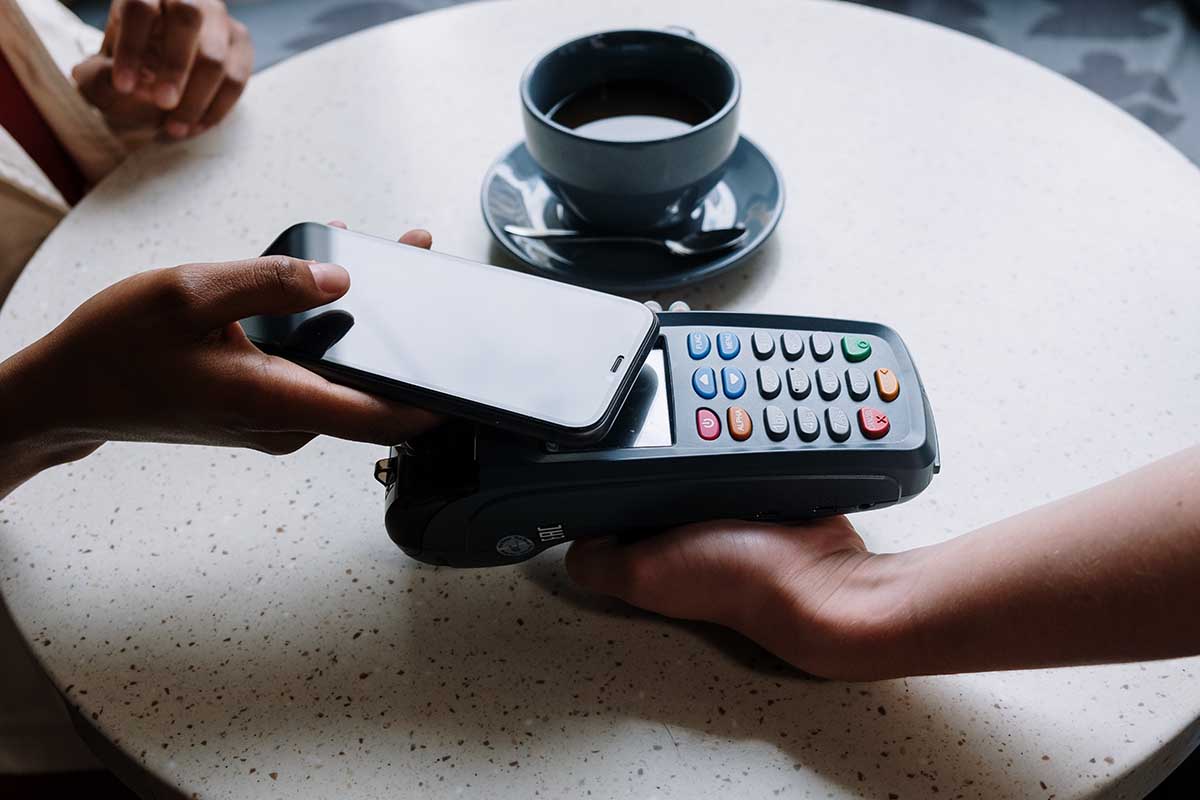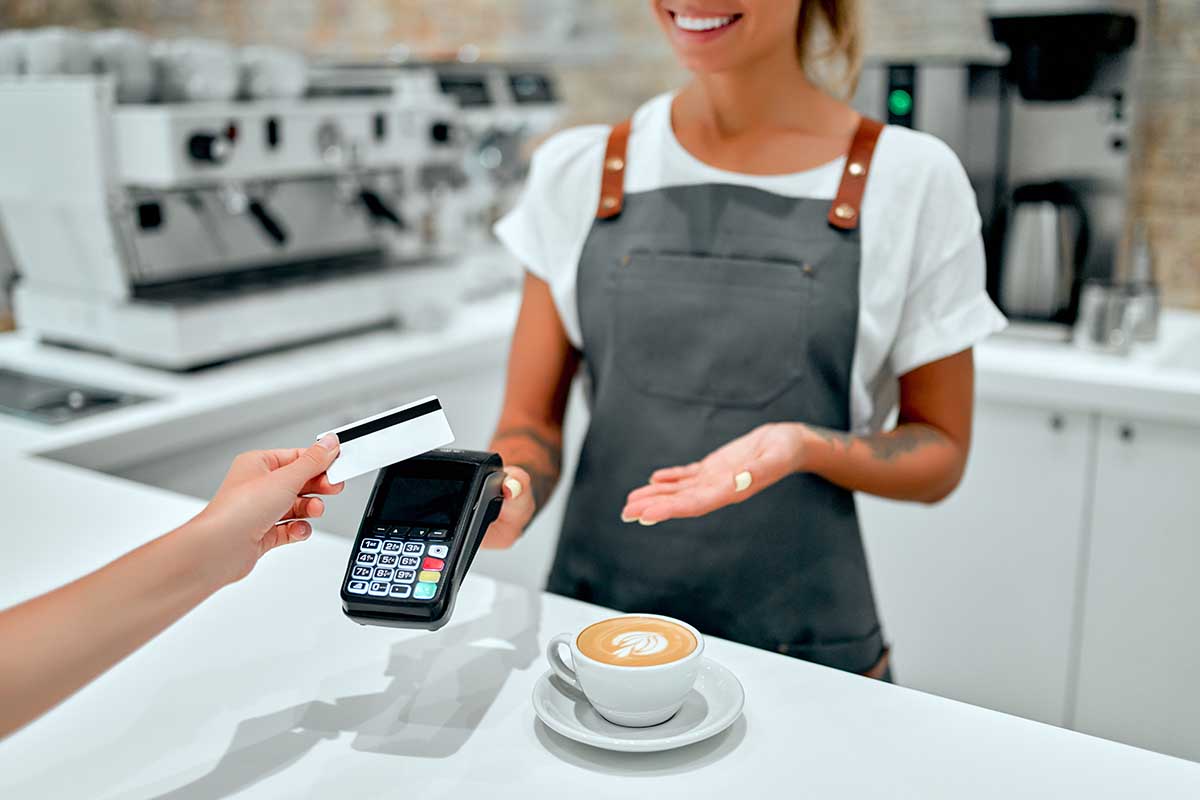How Online Payments System is Evolving
Humans’ wish for convenience in every facet of life has led to technological development, from electricity and airplanes to digital payments. Online shopping and other types of eCommerce are the raves these days, and that’s because they are easy, convenient ways to make transactions.
Electronic payment systems have evolved from merely a novelty not understood and adopted to the payment platform everyone loves and uses.
Besides, analog, cloud, and hybrid systems support most electronic payment systems; the present-day systems have been impacted by direct credit and debit card processing leading to the present-day payment system we enjoy today.
But how did it start, and how did we get here? Read along as we discuss how the online payment system is evolving.
How Online Payments System is Evolving: History of Online Payment Systems
From time immemorial, humans have depended on a payment system to purchase goods and services. The first was the bartering system, where people exchanged things like livestock, shells, and grains for goods and services. Before long, this was replaced by metal coins, wampum, and gold. Next came the invention and use of recharge cards, paper bills, and, most recently, online payments.
If there’s one obvious thing from the above evolution trend, it’s that humans have always preferred convenient and easy transaction modes. This became more evident in the 20th century.
Although the use of credit cards was first mentioned in 1887 by Edward Bellamy, it wasn’t until 1921 that the first charge cards were issued to Western Union Customers. After that, hotels, service stations, and stores adopted the transaction method. These ensured customers could avoid traveling to their home bank to carry out monetary transactions.
In 1958, the BankAmericard was formed, becoming the first modern credit card issued by a third-party bank. It was later renamed Visa in 1977. From then on, rapid technological advancement has given the world more, from the videotext systems in the mid-80s to bill pay and online banking in 1994, the mobile web payment (WAP) in 1997, and most recently, online payment apps.
Here’s a summary of how online payment system has advanced
- 1994: Pizza Hut allowed the first online payment; a customer purchased pepperoni and mushroom pizza via electronic means. However, the information is said to be incorrect in some quarters;
- 1998: PayPal was established;
- 1999: Mobile phones were used to buy movie tickets. This was achievable through Ericsson and Telnor Mobil;
- 2003: More than 90 million users purchased items using their mobile phones;
- 2007: IOS and Android operating systems were launched;
- 2008: Bitcoin was developed;
- 2011: Google wallet was invented;
- 2014: Apply Play was released, followed closely by Android and Samsung Play;
- 2022: Two-thirds of adults now receive and make digital payments globally. In developing countries, the percentage grew from 35% in 2014 to 57% in 2021.
Payment Processing
The arrival of the internet has advanced the evolution of mobile payment systems even further. E-commerce is seen as a faster and more efficient transaction than other payment systems, including telephone orders, mail orders, and other similar transactions.
The invention of electronic verification systems, which easily and quickly authorize and verify digital payments from several channels, has further boosted the credibility of the electronic payment system.
After that, mobile devices became a popular payment method, thus enabling customers to make payments through mobile wallets such as Google Pay, Samsung Pay, and Apple Pay.
By the end of 2016 alone, about 4.8 billion people were using mobile phones, and in 2015, a report stated that more than 39% of mobile users in America had made digital payments, and this has risen sharply through the years.
Expectations for the Future of Online Payment Systems
The mobile payment system has continued to increase in popularity, rewarding forward-thinking businesses for meeting the demands of their technologically-savvy customers and forcing brick-and-mortar businesses to adapt modern payment methods to remain relevant and competitive.
For instance, the advancement in the transformation of digital point-of-sale systems and the acceptance of omnichannel payment processors is a testament to the improvement of mobile payment methods. This advancement has vastly improved the efficiency of processing payment transactions and enables the collection of useful data, leading to more profit for businesses.
But with the increase in technological advancement comes an increase in risk. Thus, there’s a need for the pace of data protection to match the level of technological change. Fortunately, systems such as tokenization can help payment systems meet security and compliance demands without compromising the sensitive data of the business and its customers. It also drives digital transformation through cloud development.
How online payments system is evolving: The Changing Online Payment Scene
The digital payment system is evolving quickly, with more businesses such as Ecommpay payment solutions offering services and apps that enable customers to pay through their phones.
For instance, Hands-Free is now a payment app that uses Wi-Fi or Bluetooth for transactions; there are facial recognition features to prevent identity theft and instant transfer features for quick and seamless interbank transfers. Also, more companies are joining Samsung, Android, and Apple to roll out their payment platforms for easy transactions.
Payment technologies are constantly evolving; thus, businesses must watch out for the most convenient and easy payment platforms available. However, it’s also necessary to be cautious, as you want to have the capacity to handle it before you rush into it.



















